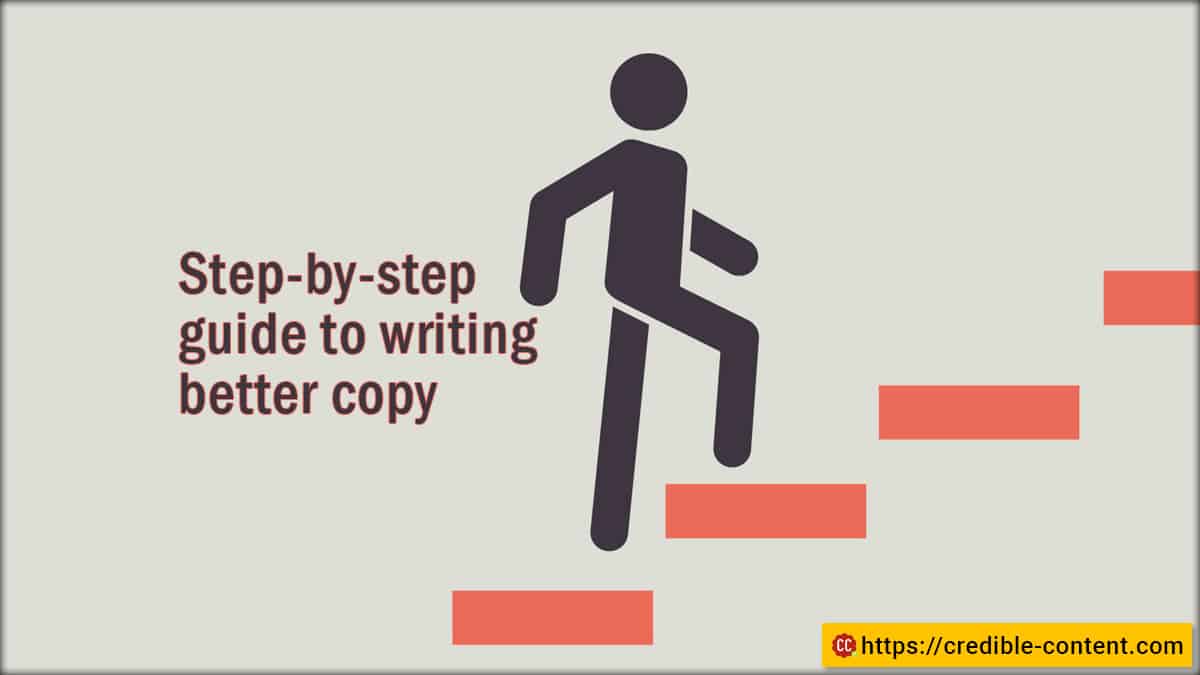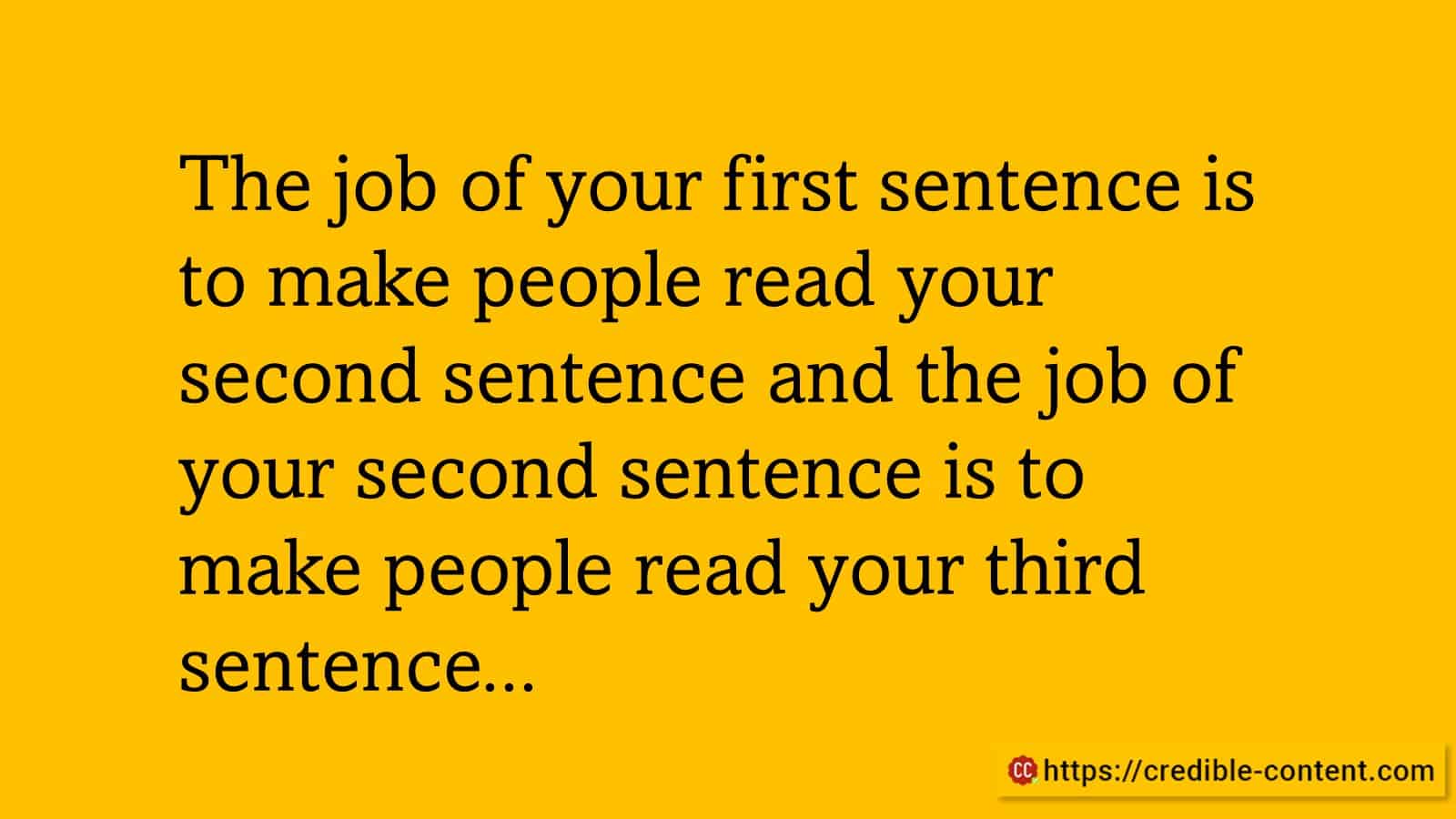These days I’m reading multiple books on copywriting, especially on persuasive writing.
One of the books I’m reading these days is The Adweek Copywriting Handbook written by Joseph Sugarman.
Joseph Sugarman is one of the greatest direct marketing copywriters who started his mail-order business JS&A and sold multiple revolutionary products by publishing long ad copies that converted like crazy.
Many blog posts on Joseph Sugarman talk about his great feat of selling an aeroplane for $240,000 (the same amount he paid when he bought the plane) with a single advertisement, but very few mention that the person who bought the plane used it for running drugs from South America and was later confiscated.
Most of the excellent copywriting examples that Joseph Sugarman has used in the book are from his own campaigns.
He had his own company – JS&A – through which he would sell products like sunglasses, calculators, mixers, or even Casio watches.
After getting a contract with the parent company (for example Casio) he would publish advertisements in the publications like Wall Street Journal and then sell his products by mail order.
He also sold products through direct mail advertising (just like these days we send email marketing campaigns).
Even in the 70s and 80s his conversion rate was legendary.
He was appreciated for his humorous style and his deep understanding of the human psych.
I will come to the copywriting steps later, but listed below are the main highlights of his entire copywriting philosophy:
Your first sentence must make people read the next sentence
It may seem like a simple statement, but it also tells you how important every sentence in your copy is.
Your prospective customers and clients read your copy in a highly distracted state.
There were less distractions when Joseph Sugarman wrote his copy.
I mean, very few people these days read Wall Street Journal or a marketing message in a conventionally published magazine or in a letter.
People read on their mobile phones or computers.
These devices are full of distractions.
Therefore, make every sentence count.
Even a single needless sentence can send people away.
Keep people interested.
Keep them on the edge of your seat.
Make them want to know what comes next.
Although his copywriting advice is fundamental, many copywriters, in the heat of the moment, end up ignoring it.
Hence, it is good to revise some of the suggestions made by him when writing copy.
In his book he mentions that there are more than 60 factors that can affect the performance of your copy, but in this blog post I’m covering 7 steps that can help you write great copy on a day-to-day basis.
These steps are not revolutionary. You may find them almost everywhere on the Internet.
Nonetheless, just as I said above, it is always better to revise your concepts so that they remain fresh in your mind.
Besides, they may seem commonplace right now because thousands of people have written about them.
Sell a cure, not a prevention
Joseph Sugarman uses an example of a burglar alarm system.
Few people would be interested in a burglar alarm system if they consider their neighborhood safe.
People don’t want to think about unpleasant events. Especially when they haven’t happened yet.
But then suddenly one day, a burglary takes place in the neighborhood.
People are more likely to buy a burglar alarm system in the event of a neighborhood burglary than when simply being told that someday there may be a burglary and then, a burglar alarm system would be useful.
Whenever you are selling something, sell it as a cure and not a prevention.
A good example: Don’t tell people that you can stop them from gaining weight; tell them you can help them lose weight.
Prevention: My copywriting services will stop your customers from going to your competitors.
Cure: My copywriting services will help you get more customers.
Ask your customers questions to which the answer is “yes”
You want to become a better copywriter?
Well, that’s why you are reading this blog post, so the answer would be “yes”.
You want to improve the conversion rate of your copy?
Who doesn’t?
So, the answer would be, “yes”.
You want to improve your search engine rankings or social media visibility?
Again, this is a basic requirement of any business, so the answer would be “yes”.
Joseph Sugarman says that the more you make your customer say “yes” the more they say “yes” to buying from you.
It creates a harmony between your readers and your copy.
When you make them nod in acceptance, you lead them into a space where they don’t want to say “no” to you.
When writing copy, create a narrative that makes people nod their head in repetitive “yes”.
Copywriting is all about emotions
It’s famously said that people buy with their emotions and then explain their purchase with logic.
All buying decisions are based on emotions whether you’re writing copy for B2B or B2C.
Holiday packages sell dream vacations.
Limited offers make you reach out to your credit card using FOMO (fear of missing out).
Insurance companies emotionally blackmail you into buying insurance cover for your family.
You buy an expensive car because you want to belong to that “exclusive group”.
I have never purchased an iPhone and the only reason why I would like to purchase one is to appear bright and clear during video calls to my family and clients.
It is always first our limbic system that reacts to a situation (emotion) and after that it is the neocortex that uses the logic.
Although there are innumerable shades of emotions, broadly, you can divide them into 5 categories:
- Loyalty
- Confidence
- Fear
- Anger
- Curiosity
Loyalty is normally used in content marketing.
Joseph Sugarman says that he could raise the level of loyalty through his marketing ad copy to such a level that people felt guilty when they didn’t buy from him.
Emotion allows you to humanise your business.
If there is no emotion, it is difficult to establish a connection and make another human being do your bidding.
When you emotionally move people, they remember you.
You stand out in the crowd when you can make an emotional connection.
You leave an imprint on them.
With an outpouring of marketing messages from every possible direction, for your target customers and clients it is often difficult to notice you.
Through emotional copywriting you distinguish yourself.
Studies have shown that businesses and brands that provide an emotional experience are more likely to be retained by customers.
Does your copy make people uneasy?
Does it inculcate a sense of urgency?
Does it allow a sense of loyalty?
Does it provide exclusivity?
All these, and more emotions can help you sell more through your copy.
Now we come back to those famous 7 steps that can help you write great copy thanks to Joseph Sugarman. Here they are:
Step 1: Study the product thoroughly
Once Joseph Sugarman started writing copy about a product, he used to become obsessed with the product.
Sometimes, he claims in the book, he knew more about the product than the manufacturer or the supplier.
The strongest point of the copy would often come from a relatively lesser known but a highly influential feature in a product.
For example, when he was writing about a thermostat, he discovered that the most important aspect of the thermostat was ease of installation.
Often, people would face lots of difficulty installing the thermostat and they often had to call an expensive electrician.
But, the thermostat that he was promoting, could be easily installed by the customer.
That turned out to be one of the biggest selling points.
Even the manufacturers hadn’t realized this great feature.
Step 2: Know your audience
Knowing your audience is as important as knowing your product.
Unless you know about the person sitting in front of you (or reading your copy) how can you have a conversation with them?
In modern day copywriting, this is called creating a persona.
Every product has a unique personality, and this unique product personality caters to a certain audience.
What does your audience crave for?
In what social and cultural circles does your audience move?
What are its aspirations?
How does your audience spend money?
What are the priorities of your audience?
In what language does your audience speak?
Knowing all these traits of your audience will help you strike an effective conversation through your copy.
Step 3: Write the headline and the main caption
Some people prefer to write the headline and the main caption after they have written the complete copy, and some prefer to do it in the beginning.
Joseph Sugarman preferred to do it in the beginning.
Capture the entire essence of your copy in the headline.
When you are writing a blog post or web page, there is a chance that 8 out of 10 people will just read the headline and then move on.
The job of your headline is to hook people enough so that they read your main caption.
The highlighted portion in the below screenshot is the main caption.
[Insert the main caption screenshot]
The main caption is the highlighted text that appears beneath the headline.
The job of your main caption is to compel your readers to read the copy of your ad or web page or blog post.
If people read your main caption after reading your headline, there is a great chance that they will read at least a few sentences of your main copy.
Step 4: Write the remaining copy
Joseph Sugarman suggests that when you are writing your main copy, write relentlessly.
Don’t worry about spelling or grammar mistakes.
Don’t worry about the flow or the structure.
No matter how bad it seems, just write it down on the paper or on your computer.
Spontaneity is very important when you are writing copy.
Step 5: Edit your copy
Once you have completed your copy in a single flow, it’s time to edit it.
Many suggest that you don’t edit your copy on the same day.
Come back to it with a new perspective the next day.
Whether you do it on the same day or the next day is your prerogative, but make all the improvements when you are editing it.
Step 6: Let your copy incubate
We must consider the fact that Joseph Sugarman sometimes spent weeks on a single piece of copy.
As a professional copywriter you may not have that much luxury.
As a content writer sometimes I need to submit multiple documents in a single day.
In copywriting your client may be more accommodating because their conversion rate depends on how well you can write.
For example, recently I worked on a lead generation email on which I spent more than a week going through the material and revising the copy.
I even charged 5 times what I would charge for a normal email.
The client was quite accommodating because he wanted to make sure that the lead generation email campaign was a success.
Letting your copy incubate really helps.
Step 7: Give your copy a final look
Look at it from the perspective of your customers and clients.
Scrutinise it ruthlessly.
Make sure you have answered all the whys, hows and whatifs.
Read it loudly.
Is it easy to read.
Do you fumble when reading (if yes, so will your readers)?
Remember that you should be able to read your copy smoothly, as if you’re talking to someone.
There are many “copywriting frameworks” on different blogs and social media posts that you can use as they are.
But as you evolve as an experienced and seasoned copywriter, you will develop your own ways.
Joseph Sugarman was a highly experienced copywriter, but his methods worked for his way of working.
You may have your own way of working.
In the meantime, it pays to use tried and proven copywriting methods.






